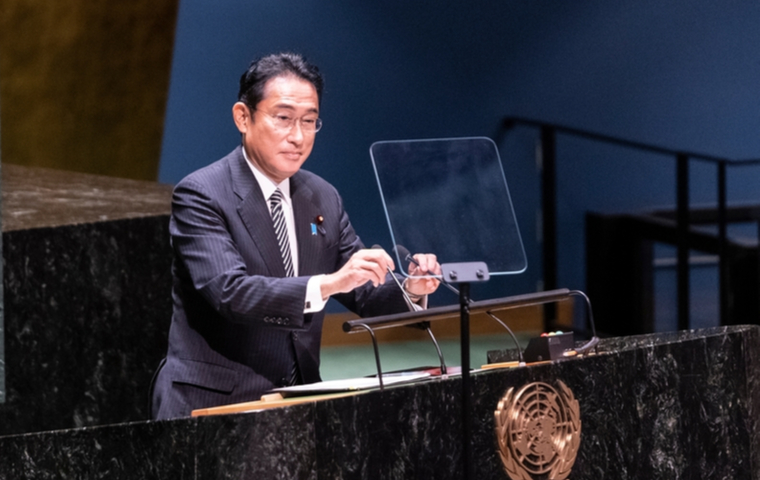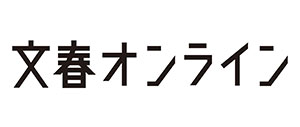“Almost Missed the Rio Games”: How Olympics Basketball Super Team Recovered from the Brink
Related Articles

Interview with JBA Technical Director Tomoya Higashino #2
The silver medal win at the Tokyo Olympics by the Japanese women’s basketball team excited the entire country. With the average height of 176 cm, the second shortest among the 12 participating countries, Japan won a medal.
We interviewed Japan Basketball Association (JBA) Technical Director Tomoya Higashino, who had been focusing on reinforcement of the national team. For Japan’s wheelchair basketball that won the silver, Higashino also supported the head coach Shimpei Oikawa in various ways, such as coaching and strategic advice. (This is #2 of a two-part series. Read #1 .)
Immediately after the women’s team won the silver medal, head coach Tom Hovasse gave this well-phrased remark:
“We had no superstars, but it was a super team.”
His words were a great encouragement for team sports in Japan, while it also called attention to a new awakening for Japan’s organizational society.
Men’s Basketball Bootstrapped Themselves to Return to the Olympics After 45 Years
Japan’s basketball was in such a chaos that the International Basketball Federation (FIBA) imposed a de facto sanction in November 2014. So how did it revive in a short period? Although the men’s team finished in 11th place among the 12 countries at Tokyo 2020, it attained a self-made return to the Olympics after a 45-year absence. In the 3×3, adopted officially at the Tokyo Olympics, both men’s and women’s teams advanced to the final round.
Higashino says, “I feel embarrassed to say we’ve succeeded in strengthening the team, but I believe the power came from the sense of urgency for change across the basketball community. When we received international suspension (of games) from FIBA, we were on the brim with the risk of not being able to compete in the Rio Olympics.”
Saburo Kawabuchi, who played a major role in establishing the Japan Professional Football League (J.League), became JBA president in 2015 to lead the basketball community reform. The following year, he picked Higashino as the Technical Director.
Higashino said, “People around me were against it, saying why should I take the risk? But I thought it was very attractive.”
Team Argentina with Similar Average Height Became a Good Example
Despite the vigorous efforts, why can’t Japan win on the world stage? With 20 years of coaching experience in Japan and abroad, Higashino sought for the reason, and sets his eyes on Argentina’s training.
The Argentine team had roughly the same average height as the Japanese team. Furthermore, they were away from the Olympics for 44 years until the 1996 Atlanta Games. Rising from rock bottom, they won the gold medal at the 2004 Athens Olympics. Higashino thought they would be a perfect example and flew to Argentina with no appointments. He analyzed Team Argentina’s strengthening methods and presented it at his alma mater graduate school and won the Waseda University Best Thesis Award.
Higashino’s inquisitive mind and energy caught Kawabuchi’s attention, and at 45, he was selected as the Technical Director.
“Simply put, the Technical Committee takes initiative to develop the competitive power of Japan’s basketball. Under the five pillars of ‘promotion, discovery, development, training, and strengthening,’ the personnel in charge work together to make improvements and accumulate knowhow.”
System for Cause Investigation and Communication

Until then, when the basketball national team failed to achieve results in the Olympics or international competitions, they just replaced the head coach and started all over again, just like in other sports organizations in Japan. They did not care to investigate what went wrong and determine the root cause. This will leave nothing for the future. So Higashino first zeroed in on this.
“It’s about building a system to grasp the world’s basketball situation, and based on that context, show the direction for Japan’s basketball, and continue to pursue that. We must record and accumulate the knowledge and content gained from the Olympics and international competitions. Also extract technical issues and improve them. Previously, we didn’t have the system for appropriately recording and communicating the information through technical reports and other means.”
Higashino also built a system to let all the basketball categories share the knowledge and information, such as tactics and skills the national team picked up in international competitions. He calls the strengthening system “comprehensive.”
“If those in not only the top category, but all generations including the U18, U15, and U12 categories can share the plays and information for competing on the world stage, the youths can grow faster, and also shift to ‘living each day in global standard’ mindset from an early stage.”
Achieved Global Standard in Average Height by Scouting Tall Players
Higashino also began scouting tall players. He visits the U.S. and Europe to find and scout second or third generation ethnic Japanese playing in high school or college basketball. He also saw potential in naturalization of foreign nationals playing in Japan Professional Basketball League (B.League). His passion became known around the world, and he now receives information on promising young talents from various places.
Because of these efforts, the average height for the men’s team increased from 190 cm in 2016 to 199 cm in 2019, reaching the global standard.
“You can’t ask for the moon, yet you also shouldn’t jump to conclusions. It’s impossible to make a person taller, but if we find and bring a tall player from abroad, we can solve the height problem.”
The most important thing is youth development. Compared to the environment for development around the world, what Japan lacks is the league culture. In Japan, sports competitions in elementary, junior high, and high schools are mostly conducted by knockout tournaments.
In a knockout tournament where losing means the end, victory could become prioritized. The defeated team does not get a second chance and misses the opportunity to learn from failures. There is also concern the members on the court will be fixed to win and deprive the growth opportunities of those on the bench. And strong teams tend to have packed schedules that put burden on the players and could lead to injuries.
Promote League Style Competitions to Equalize Learning Opportunities
“There are about 4,000 high school basketball teams across the country. In a knockout tournament, roughly half, 2,000 teams will be gone after the first round. If there are three tournaments a year, most teams can only compete in three official games. Players and coaches can learn a lot from the games. To provide equal learning opportunities for every team, we’re promoting the league-style competitions.”
JBA established the “League Competition Guidelines” in 2018 and plans to generate the league game culture by recommending the basketball associations in 47 prefectures to adopt league-style competitions for the young generation.
Higashino has been pushing various reforms like these with great fervor.
“I guess there are those who don’t feel at ease with this, but all the staff let me do as I like. I can’t thank them enough.”
Yet, he laughs and says that his massive energy for action is driven by his love for basketball, that outweighs everything else.
On the Verge of Death Four Times, Given Life Four Times
“I’ve been on the verge of death four times. Since I’ve been given life four times, I can do anything for my beloved basketball.”
The first time was a motorcycle accident. The second was a traffic accident on the highway when he was at university. The third was a narrow escape from the Tokyo subway sarin attack. And the fourth time, he was spared his life at the hijacking of All Nippon Airways Flight 61 in July 1999.
“I caused the first and second accidents myself, but during the hijacking, I really thought I was going to die. The plane was going up and down and I could see the laundry hanging outside the houses.”
Higashino was on his way to Sapporo for the wheelchair basketball match as the advisor of the team, on board with the team doctor. The hijacker killed captain Naoyuki Nagashima and took control of the plane. Passengers later seized him and an off-duty pilot on board took over the control, but all 517 passengers and crews were expecting death. It was the team doctor who confirmed the death of captain Nagashima.
“The train involved in the subway sarin attack was the one I usually took. That day, I happened to ride an earlier train and escaped the gas attack. When things like this happen in succession, I feel I should fully use the life I was given on what I love.”
When he used his given life to the fullest to reform the basketball community, the women’s team reaped the results as a silver medal. But Higashino is not satisfied. Already, he is analyzing the reason they couldn’t reach the gold medal. He does not stop his challenge until Japan’s all four basketball categories—the men’s and women’s 5-on-5 and 3×3—reach the top of the world.




